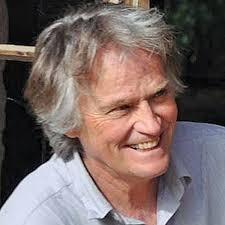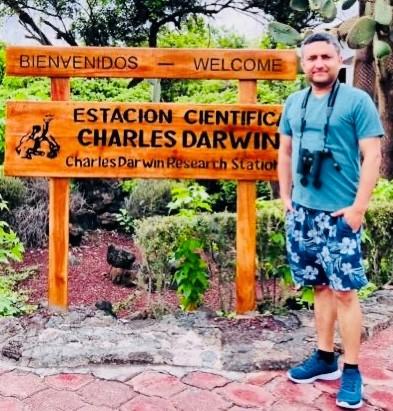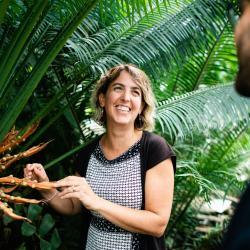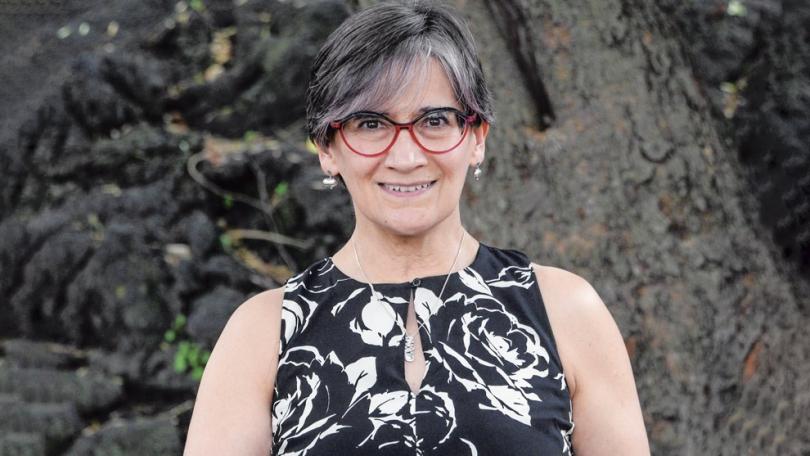"Using Ecological Network Theory to Inform Plant Species Selection for Conservation and Restoration Practice: a Case Study with Bee-plant Networks"
 Dr. Valerie Peters | Peters Lab
Dr. Valerie Peters | Peters Lab
Bio:
Dr. Valerie Peters is an associate professor of Community Ecology in the Department of Biological Sciences at Eastern Kentucky University. Her research focuses in the areas of agroecology, conservation biology, insect community ecology, plant-animal interactions and tropical ecology. Dr. Peters current research is supported by an NSF CAREER grant, with five years of funding to conduct research and educational outreach in Costa Rica that focuses on the conservation of >700 species of native tropical bees and the pollination services they provide. Dr. Peters is originally from Pennsylvania and graduated with her B.S. in Biology from Pennsylvania State University. After graduating, she wanted to gain a better understanding of real-world issues in conservation biology before deciding on a specific topic for her PhD research. To reach this objective, she decided to combine her passion for ecological science with poverty eradication, and worked for five years, first as an Americorps Volunteer and later, as a Peace Corps Volunteer. As a Peace Corps Volunteer, her work pioneered the successful protection of over 20,000 hectares of land leading to a reserve now known as the La Botija National Park which represents one of the few protected areas in southern Honduras. After Peace Corps, she received her PhD in Ecology from the Odum School of Ecology at the University of Georgia. Her PhD work focused on understanding how to best manage diverse coffee agroforests for bird and bee communities, and was conducted in Costa Rica with funding from the Earthwatch Institute.
Abstract:
Land-maxing in cultivated ecosystems will require a science-based selection of tree species in order for the land to be effective in achieving its multiple goals; e.g. biodiversity conservation and ecosystem integrity, alleviating malnutrition and global inequalities of wealth, and the mitigation of climate change. Plant species are not all equivalent in the number of species they support, and land managers have hundreds or thousands of plant species to choose among. The analysis of ecological networks can be used to quantitatively identify species that are posited to have the strongest impacts on network structure and stability based on their topological role. Once identified, experimental tests of these species’ efficacy in conservation and restoration applications are needed to confirm theory.
Tropical bees and the pollination services they provide are a critical conservation target yet remain relatively understudied. We empirically quantified tropical bee/butterfly-plant and bee-plant interaction networks and identified the topological roles of all plant species. These networks were constructed across home gardens in a lowland tropical rain forest life zone (years 2017-2019), in 10 agroforestry systems in a tropical premontane life zone (year 2022), and across 30 home gardens spanning an elevational gradient from 200-1500m elevation encompassing three life zones: tropical dry forest, tropical premontane and tropical montane (year 2023). Plant species identified as holding core topological roles from these previous studies are now planted in an experimental restoration study, with data expected to be collected over the next two years.










